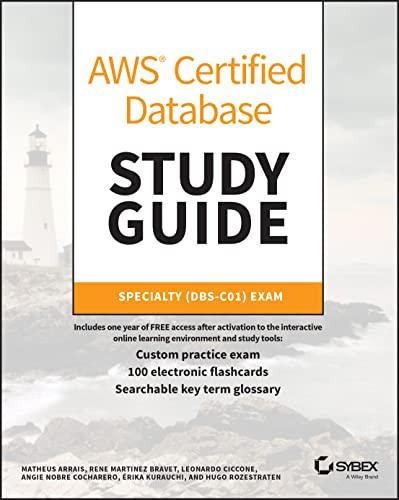Question
public class Main> { T[] array; public Main(T[] array) { this.array = array; } public int LinearSearch(T key) { return -1; } public int BinarySearch(T
public class Main> { T[] array; public Main(T[] array) { this.array = array; } public int LinearSearch(T key) { return -1; } public int BinarySearch(T key, int start, int end) { return -1; } } ************************************************** Here are some instructions to help you start working on the assignment: The template uses Java generics to create a generic class Main that can search for a key element in an array of any type that implements the Comparable interface. Generics are a way of implementing generic programming in Java, which allows you to write code that can work with different types of objects without casting or risking ClassCastException . The constructor of the Main class takes an array of type T as a parameter and assigns it to the array field. The array field is also of type T, which means it can store any type of object that implements Comparable. The LinearSearch method returns an int that is the index of the key element in the array, or -1 if the key element is not found. The method uses a for loop to iterate over the array and compare each element with the key using the compareTo method of the Comparable interface. The compareTo method returns a negative integer, zero, or a positive integer if the current object is less than, equal to, or greater than the specified object. For example, if you want to compare the element at index i with the key, you can write: if(array[i].compareTo(key)==0) { The LinearSearch method has a time complexity of O(n), where n is the size of the array, because it may have to scan the entire array to find the key element. The BinarySearch method returns an int that is the index of the key element in the array, or -1 if the key element is not found. The method uses a recursive approach to divide the array into smaller subarrays and compare the middle element of each subarray with the key using the compareTo method of the Comparable interface. The method assumes that the array is sorted in ascending order. For example, if you want to compare the middle element of the subarray from start to end with the key, you can write: int mid = (start + end)/2; if(array[mid].compareTo(key)==0){ }else if (array[mid].compareTo(key) >0) { }else { }The BinarySearch method has a time complexity of O(log n), where n is the size of the array, because it reduces the search space by half in each iteration. To test your code, you can create an object of the Main class with different types of arrays, such as Integer, String, or Double, and call the LinearSearch and BinarySearch methods on them. You can print the key element and the index returned by the methods to check the output. For example, you can write: ******************************************* Integer[] intArray = {1,2,4,5,8}; Main intMain = new Main<>(intArray); Integer key = 4; int linearIndex = intMain.LinearSearch(key); int binaryIndex = intMain.BinarySearch(key,0,intArray.length -1); System.out.println("Key element: " + key); System.out.println("Linear search index: "+linearIndex); System.out.println("Binary search index: " + binaryIndex); *************************************************** The output should be: key element: 4 Linear Search index: 2 Binary Search index: 2
Step by Step Solution
There are 3 Steps involved in it
Step: 1

Get Instant Access to Expert-Tailored Solutions
See step-by-step solutions with expert insights and AI powered tools for academic success
Step: 2

Step: 3

Ace Your Homework with AI
Get the answers you need in no time with our AI-driven, step-by-step assistance
Get Started


